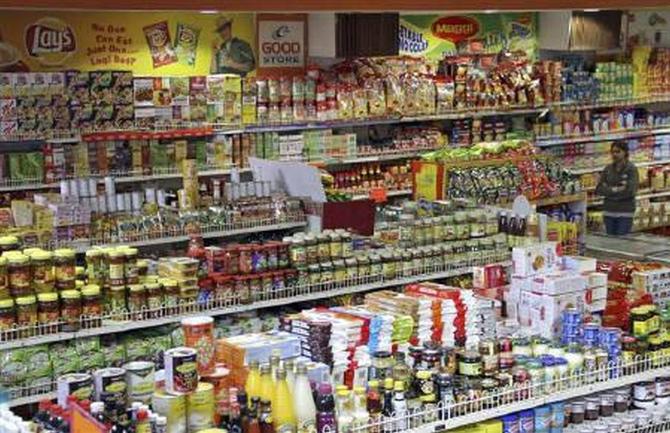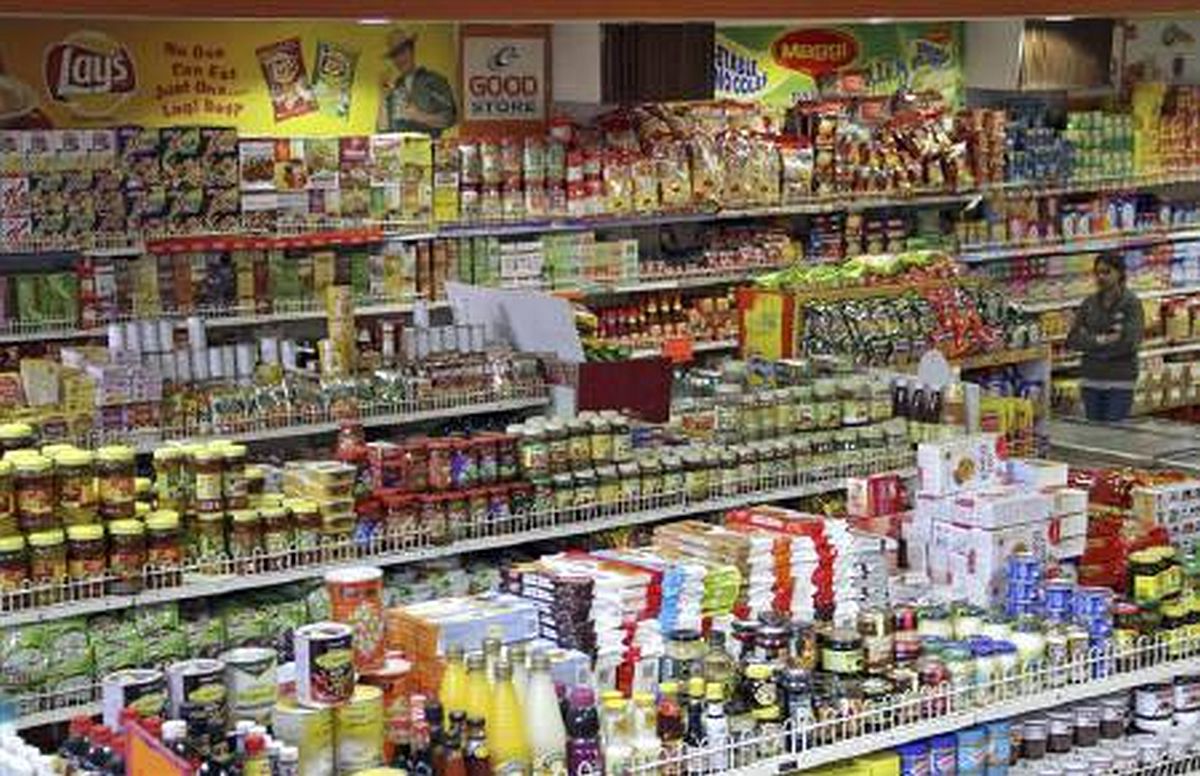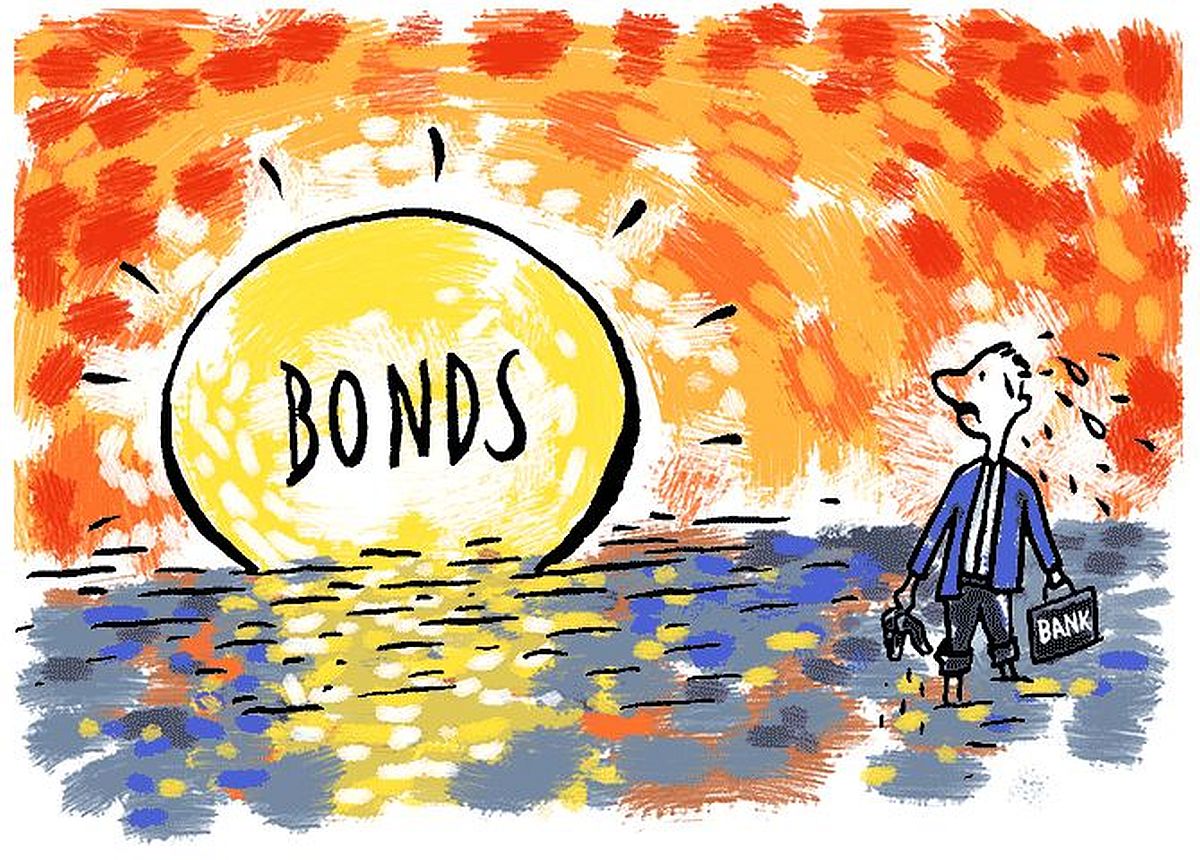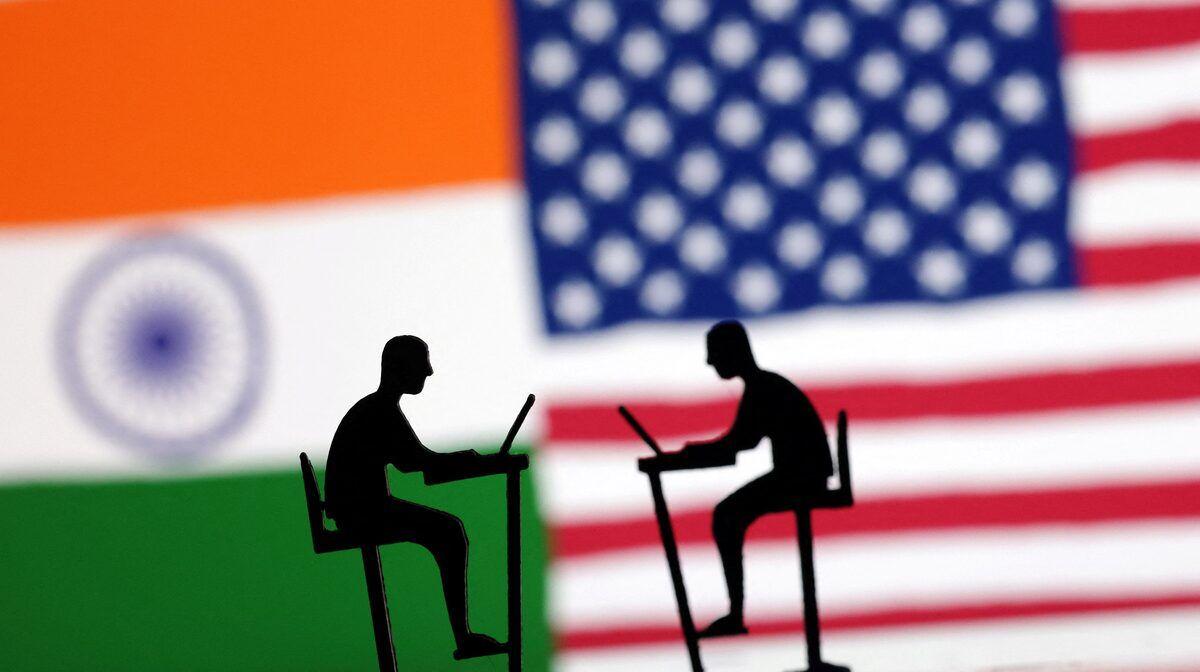The volume growth of India’s FMCG industry has slowed down in the March quarter to 5.1 per cent, driven by increased consumer purchases of small-value packs, according to the latest report from data analytics firm NielsenIQ.

Photograph: Pawan Kumar/Reuters
Volume growth is slowing across categories, and non-food segments are still outpacing food in the FMCG sector.
The industry reported a volume growth of 6.1 per cent in the March quarter of 2024.
Moreover, continuing the trends from the last five consecutive quarters, the rural market, which is mainly a small economy pack units market, continued to grow faster than the urban market.
However, its growth has also slowed down.
“In Q1 2025, rural consumer demand grew at a slower pace compared to Q1 2024, yet it remained four times faster than growth in urban areas, where consumption further decelerated.
“Rural markets continued to outperform urban counterparts across most regions of India,” it said.
The FMCG industry recorded higher unit growth than volume growth in the March quarter, indicating a consumer preference shift toward smaller pack sizes, according to the latest NielsenIQ FMCG quarterly snapshot.
In addition, small players — mostly unbranded — have gained ground, with double-digit volume growth, helped by the resurgence of the rural market, inflation, and changing market dynamics.
Overall, the FMCG sector reported an 11 per cent year-on-year growth for the March quarter, in which volume growth contributed 5.1 per cent along with a 5.6 per cent increase in prices.
Besides sales volume through traditional trade, which includes kirana and neighbourhood shops, has increased.
In the metro market, quick-commerce also strengthened its position.
“Food consumption growth slowed to 4.9 per cent in Q1 2025 from 6 per cent in Q4 2024, primarily due to decreased volumes in staple categories like edible oils and Palm Oil, which saw price increases,” it said.
On a year-on-year basis food consumption growth saw a slight improvement from 4.4 per cent in Q1, 2024.
In the March quarter, the food sector reported 7.2 per cent price growth, compared to 0.9 per cent of the corresponding period a year ago.
Similarly, the Home and personal care (HPC) categories experienced a consumption growth of 5.7 per cent in Q1 2025, driven by higher demand in rural areas.
However, this growth is still lower than the 10.8 per cent volume growth in the corresponding quarter of the previous year.
While “Over-the-counter categories, such as rubefacients and analgesics, saw a 14 per cent growth in value sales in Q1 2025, driven by a 10.4 per cent increase in prices,” the report said.
E-commerce continues to strengthen its presence, significantly impacting the share of offline channels, including modern trade (such as malls) and traditional trade.
“This growth is largely volume-driven, supported by increasing online shopper penetration, more purchase occasions, and increasing basket sizes,” it said.
In eight metros, e-com reported a 13 per cent increase in the top 8 metros (based on data collected from 72 categories), while its all-India urban growth was at 5 per cent.
March quarter also witnessed “steady gains” for small manufacturers, which are leading the way in driving consumption, supported by steady volume growth in both Food and HPC categories, it said.
“In contrast, larger players are experiencing slower volume growth, which has halved compared to Q4 2024.
“Low base, rural growth, and easing out inflation are helping small players to outpace FMCG growth,” the report said.
Small FMCG manufacturers having a turnover below Rs 100 crore per year reported a volume growth of 11.9 per cent, and mid players with a turnover between Rs 100 to Rs 1,000 crore reported a volume growth of 6.4 per cent.
Large manufacturers up to Rs 5,000 crore recorded a 5.3 per cent volume growth.
However, large FMCG makers, the giants with over Rs 5,000 crore turnover, had 1.6 per cent volume growth, which is much lower than the 8.1 per cent volume growth.
Though they still control 46 per cent of the sales.
NielsenIQ India Head of Customer Success, FMCG, Roosevelt Dsouza said, “The FMCG sector is showing mixed signals — while volume growth is slowing across categories, non-food segments are still outpacing food.
“Inflation is easing overall, but high edible oil prices are keeping staples expensive.
“The rural markets continue to drive growth, whereas urban metros continue to see a shift toward e-commerce with higher shopper engagement.”




